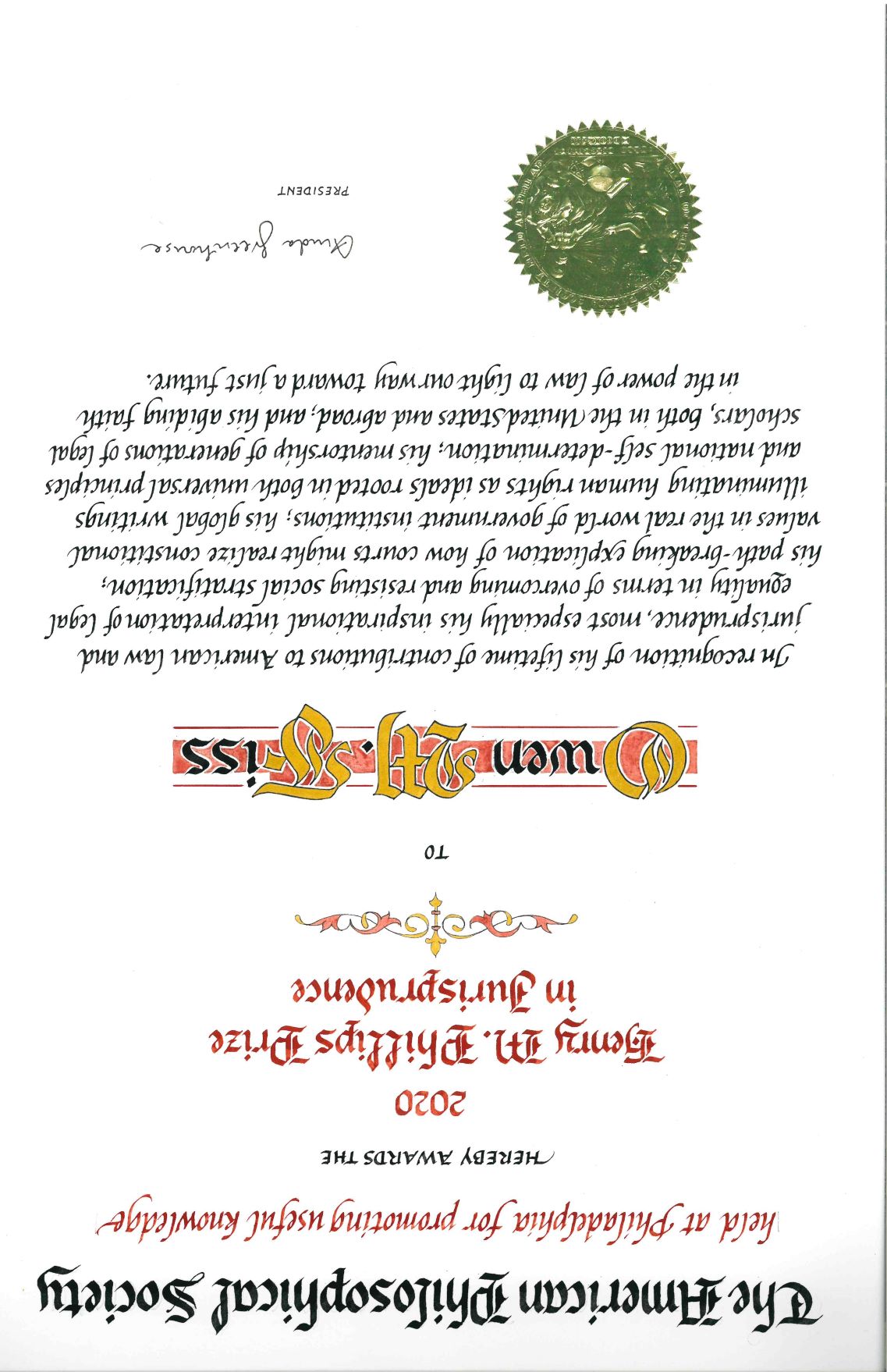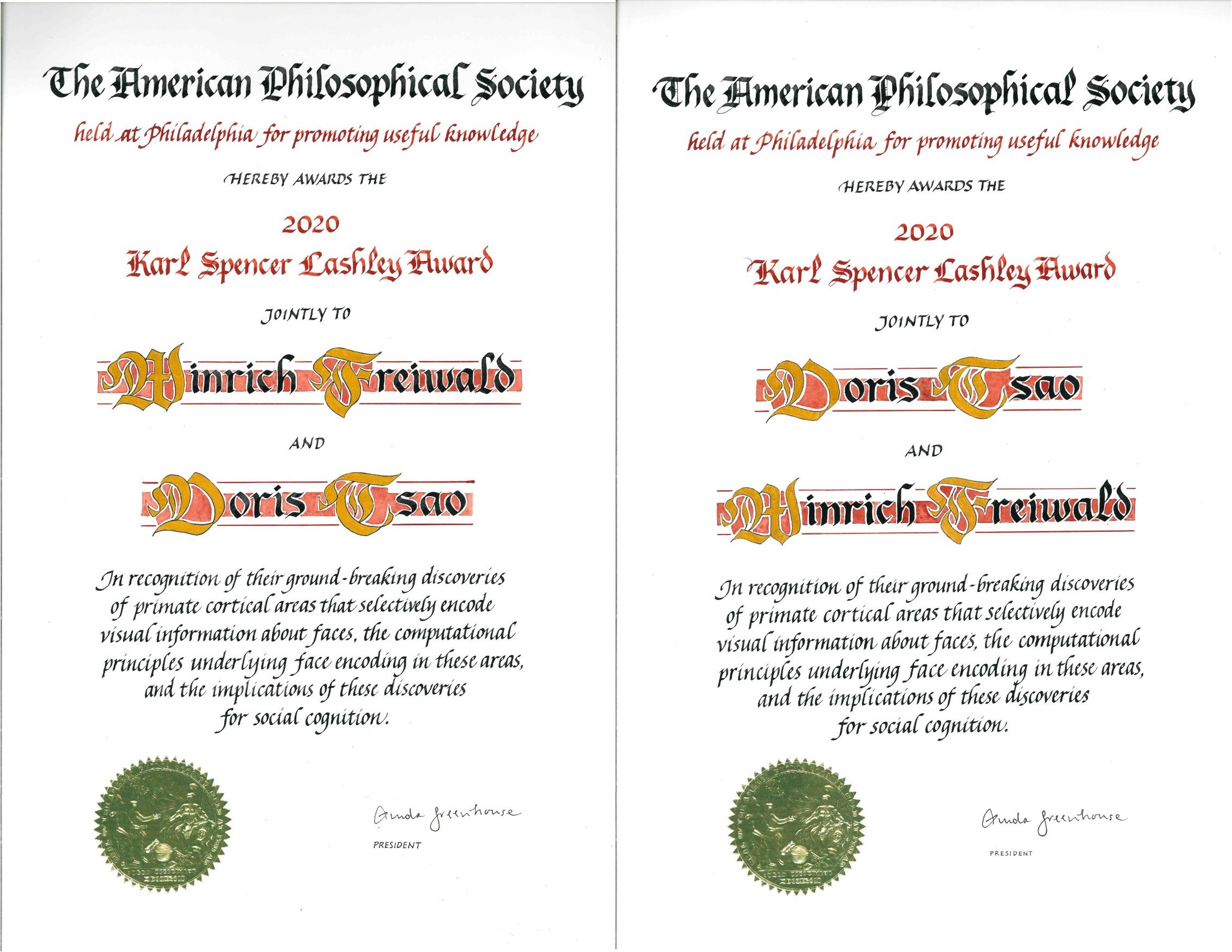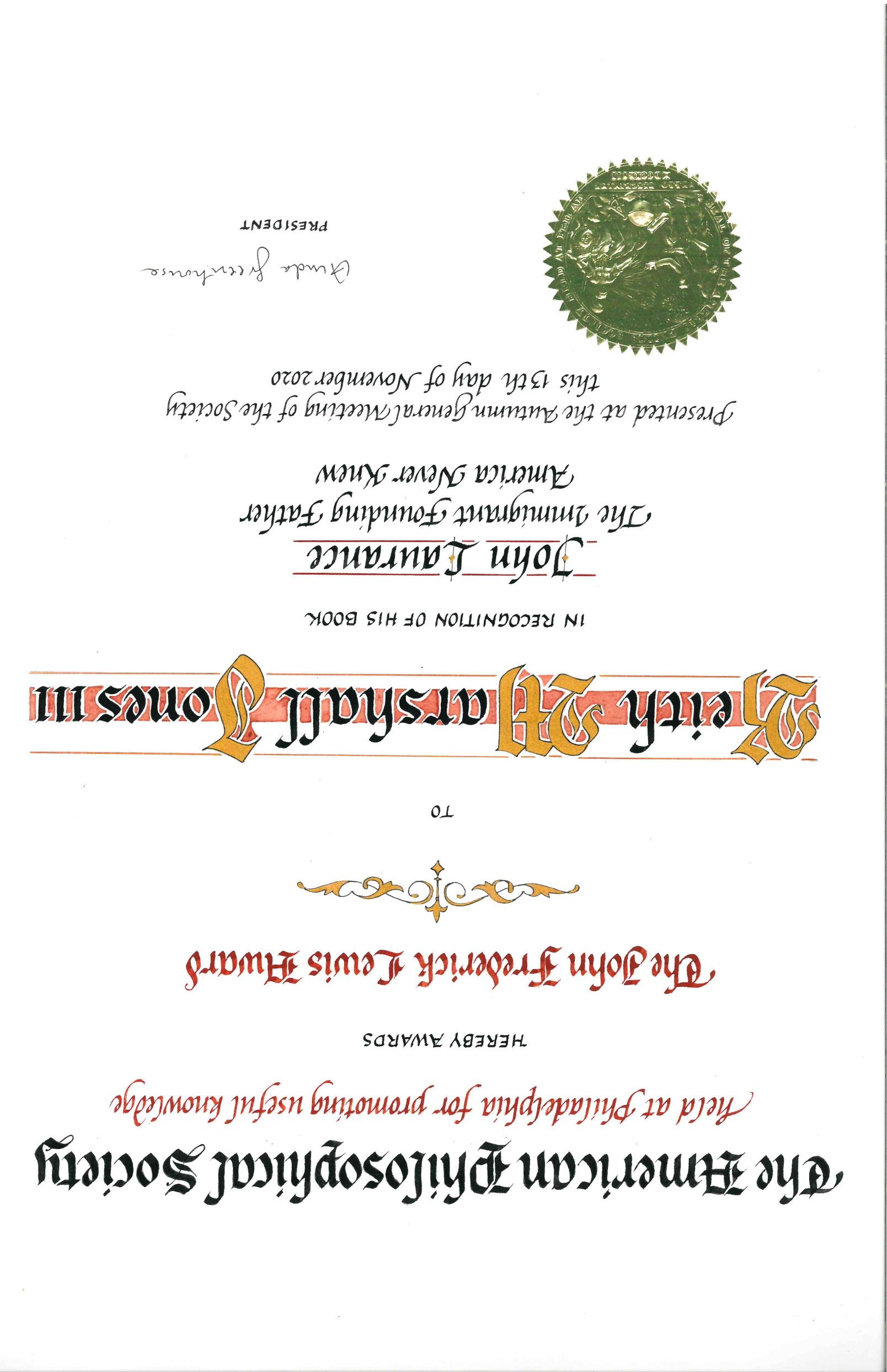Extended answers from Genevieve Weber (GW), panelist from “Relationships, Reciprocity, and Responsibilities: Indigenous Studies in Archives and Beyond,” panel 2: Outreach and Relationship-Building through Indigenous Archival Materials (Click here to watch)
Question: With regards to repatriation, the term (repatriation) is challenging for archivists to accept, as the definition is rather specific to the 4 categories currently defined by NAGPRA. Rather than referring to it as 'repatriation,' archivists can choose to 'deaccession' materials they identify as needing to be returned to other repositories, including those where concepts of repatriation/deaccessioning can be argued to justify this transfer. (Jonathan Pringle)
GW: This is a very good point. However, in the Canadian context, we do not have legislation equivalent to NAGPRA, and many archives are embracing repatriation as a way to honour Indigenous people's intellectual sovereignty over archival materials created by or about them. A Reconciliation Framework for Canadian Archives (currently under public review, this document is similar to the Protocols for Native American Archival Materials and can be accessed here includes the statement: “Archives that hold materials created by or about Indigenous People(s) shall actively seek ongoing consultation and collaboration with the documented Indigenous communities to identify and address issues in acquisition and creation, repatriation and retention of reproductions, rights in possession and disposition, and custodial approaches to collections management. They shall work together to develop new, or build on existing, community-specific protocols and guidelines that ensure Indigenous rights over the ownership, control and possession of their documented heritage.” The BC Archives (where I work) is part of the Royal BC Museum. The Museum published a Repatriation Handbook in 2019, which includes information about archives.
Question: What are some differences between "consultation" with Indigenous communities and "engagement" with Indigenous communities in managing archives? (Cesar Castillo)
GW: I often use the terms "consultation" and "engagement" interchangeably, but for me it really depends on who I am talking to. In Canada, there is a particular meaning connected to "consultation" in the context of treaty negotiations. Many Nations are in negotiation with the federal and provincial government, and as my co-presenter Margaret mentioned, using the word consultation regarding archives can be very confusing and misinterpreted. In such cases I will use engagement. I tend to think of consultation as the act of seeking direction from the community - e.g. I am consulting with a group because I want to know what the community protocols are regarding information, or what they want in terms of repatriation, access, etc. Engagement can mean so many things - it can mean consultation as described above, or it can mean activities such as community-led descriptive work, workshops, or presentations, or it can be awareness and access events, etc. Ultimately I use the term preferred and defined by the community with which I am working.
Question: Can you talk more about the workflow when the items are identified via consultation? For example, is the session recorded? Do they have their “cataloging sheet” that they fill out? Once you are given the new identifications—how is this new documentation kept and entered in the record, files, etc? (Liza Posas)
GW: Each time I have done this kind of work, it has been different! So much depends on the people I am working with and their comfort level. I have not recorded sessions, but I had a colleague that did so with a previous project. My main concern with recording is that we are often encountering restricted and potential sacred, secret, or harmful information that we wouldn't want captured in that way. In a few examples, we produced a kind of cataloguing sheet for the community members to use to make notes. Other times, particularly when I have been working with Elders, I have been the note-taker. It can be hard to keep up as people get excited to go through photographs, for example, but then I share the document after the fact and give the consultants a chance to make corrections. (This works best in cases where the records are digitized and can be referred back to later). In terms of documenting it, I do a few things. I keep a consultation file with all my notes, the notes of those I have worked with, and any other related information. In that file I also keep a chronological running document where I mark down every interaction, from phone calls to in person meetings. This consultation file is a sub-folder of my Finding Aid development file. These are meant to be fully retained, but to be certain, I also write quarterly consultation reports (high level summaries) that I put in the accession file. (In my institution, the accession file was often the only record kept of work done on collections in the past, so is always the initial place staff will look for information). In our database, I will be including notes in appropriate fields (e.g. arrangement and description note, or terms governing use note) indicating when decisions were made based on consultation. I try to be as specific as possible in these notes - if not naming individuals, at least naming the department or agency with which the consultants were connected.
Question: Have any of the panelists experimented with conducting virtual consultations? How did that go? (Tessa Shultz)
GW: I have done some virtual consultations. Initially I did these at my desk with my laptop camera, angling it to show physical records. The results were mixed - although it was exciting for people to see the records, there were technical glitches on both ends, and the camera angle wasn't ideal. However, the Learning Team in the museum has started doing digital fieldtrips and has invested in a document camera and other cameras that are much better. I have done a couple sessions in their space with their equipment, and it was really positive. Overall, the consensus has been that virtual consultation is a great part of the process, but most communities still want at least some in person activity.
Question: Could the presenters talk to the effects of COVID on NAGPRA and archival consultation initiatives, in terms of funding, personnel, methods… Do you foresee long-lasting effects on your projects? (Anonymous)
GW: I had to work from home for 6 months due to COVID, which meant that I wasn't able to be with the records. Although I have been in contact with people that I had been working with before the pandemic, and reaching out to make new connections, it has been hard. Without access to the records, there isn't much we can do, in a practical sense. And although I have had some success making new connections, many Indigenous communities in BC were (understandably) focused on keeping their members safe and healthy, and simply didn't have the time and resources to engage with us. The one positive part to it is that as an institution we have become much more comfortable with virtual communication and programming. I think this will help us going forward, as I suspect that travel restrictions in BC will continue for some time.
Question: How much are music archives taken into account, say at Indiana, etc.? (Kathleen Shea)
GW: Music archives are very important and have in the past been the focus of our Indigenous engagement and repatriation work. We have been working with descendants of the singers captured in this collection. We have been working with this collection for many years and are still in the early stages of determining rights and ownership over the songs. You can read more about it here. Some of these recordings are reproduced and sold by Folkways Recordings, managed by the Smithsonian. We have been working with the Smithsonian and the families of the singers to determine what should be done about the recordings. With the (relatively new) Smithsonian Shared Stewardship Policy, that institution has been completely open to acting on whatever the families decide, a very positive reaction. We are hoping that the work we are doing with these records will pave the way for similar projects going forward. As you mention Indiana, we have copies of recordings from other institutions such as Indiana and we hope to work on these in the future.
Question: If records regarding an Indigenous community are already available online but have been deemed sensitive by the community, what options are there to give control to communities over these records? (Gordon Lyall)
GW: Our first response would be to remove them from our online database and include a note to explain why they have been taken down. Of course, there may still be instances of the record online or in hard copy, but we must do what we can to mitigate damage done by them being online in the first place. In terms of ownership and control, at the Royal BC Museum/BC Archives the practice has been to enter into Memoranda of Understanding with the community to determine rights holders, and to create procedures unique to that community. Some communities want to hold and control records, others want all requests for access to go through the rights holder but for the institution to manage the copying and sharing of the records. Each MOU is different, and if a community prefers a different kind of document, we would be open to exploring other methods of agreement. It is important to consider the future rights holders as well and build that into the agreement.
Question: If a digitization project is not of interest to an Indigenous community due to other priorities, but records concerning them are part of a larger collection, and of great value to other groups, what are the ethics of making those records available? (Gordon Lyall)
GW: It is important to engage the community to whatever degree they are able at the time. It is also important to note that there is a difference between digitizing records and sharing them with interested parties, and digitizing records and putting them online. We try to be as transparent as possible - if we are going to share records that we know relate to an Indigenous community, it is important to let them know, even if they have indicated that they are not able to consult on them at this time. I would recommend keeping records offline until explicit permission to share them publicly is received.
Question: I was wondering if those of you in institutions or belonging to indigenous communities have engaged in metadata changes. I am primarily curious if there have been changes based on an indigenous community perspective on institutional metadata. Is this something that you have engaged with? (Ian McAlpin)
GW: Although we haven't made changes to back-end metadata, a colleague worked with Kwak̓wala Speakers to provide better descriptive data for songs in the Ida Halpern collection. This includes correct spellings of names and places, translations taken from the sound recordings (rather than the ethnomusicologist's notes) and the inclusion of diacritics in the text. You can see an example here but there are many others in the collection if you are interested in browsing.



